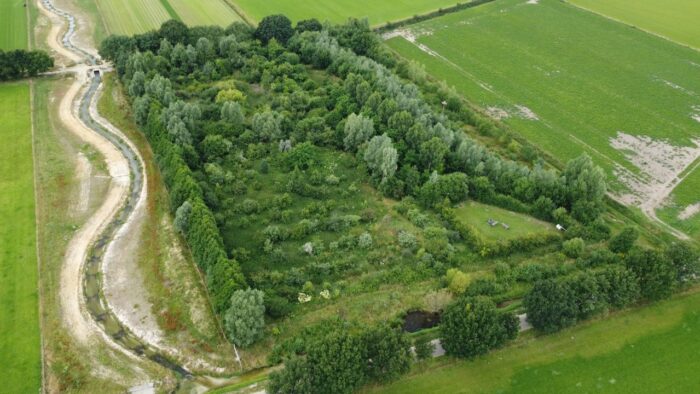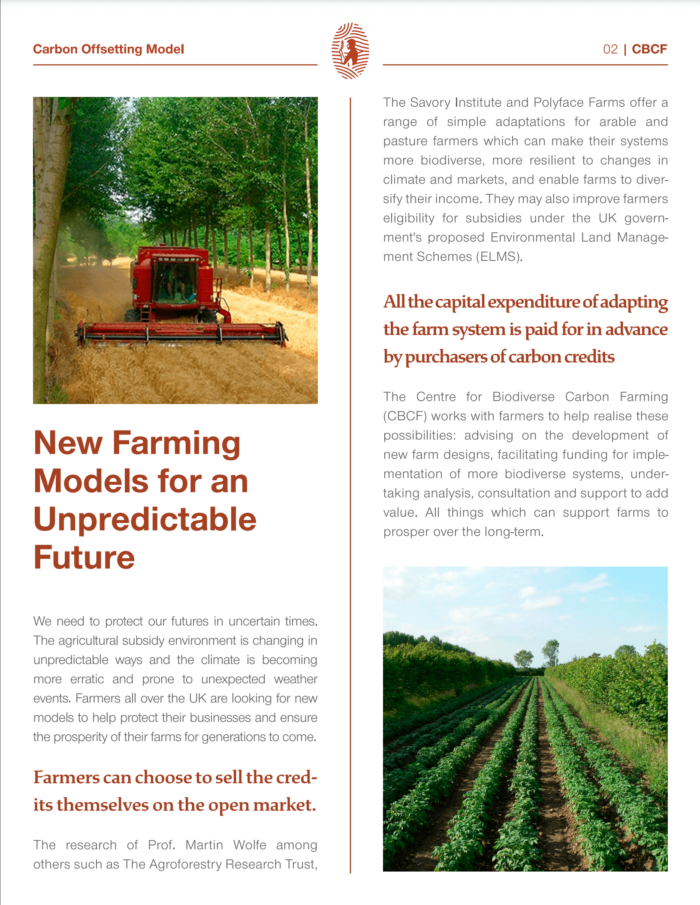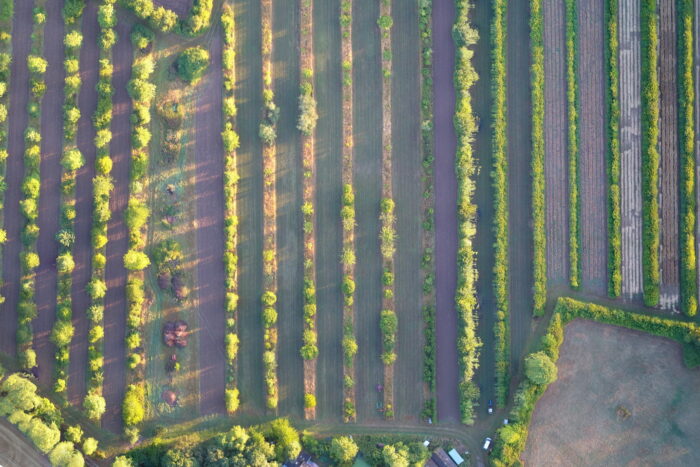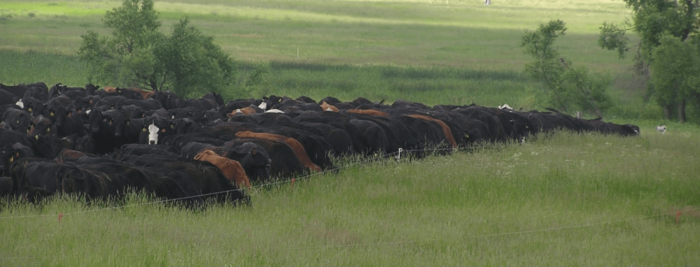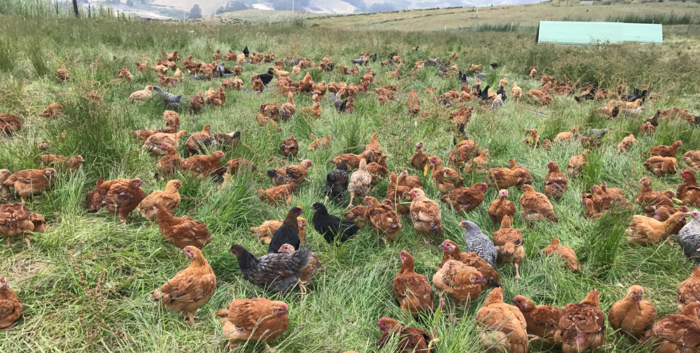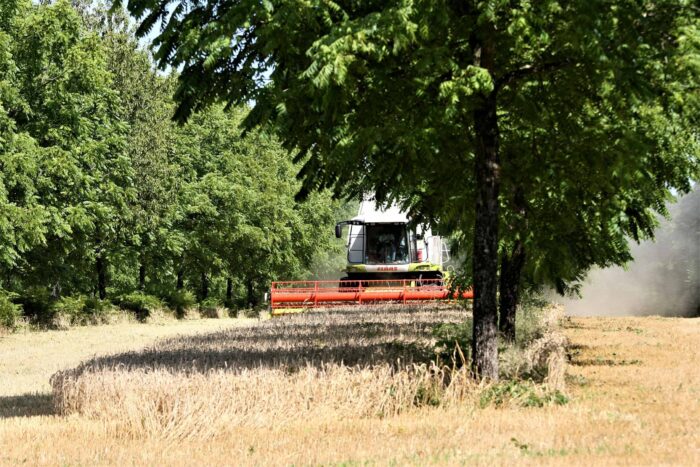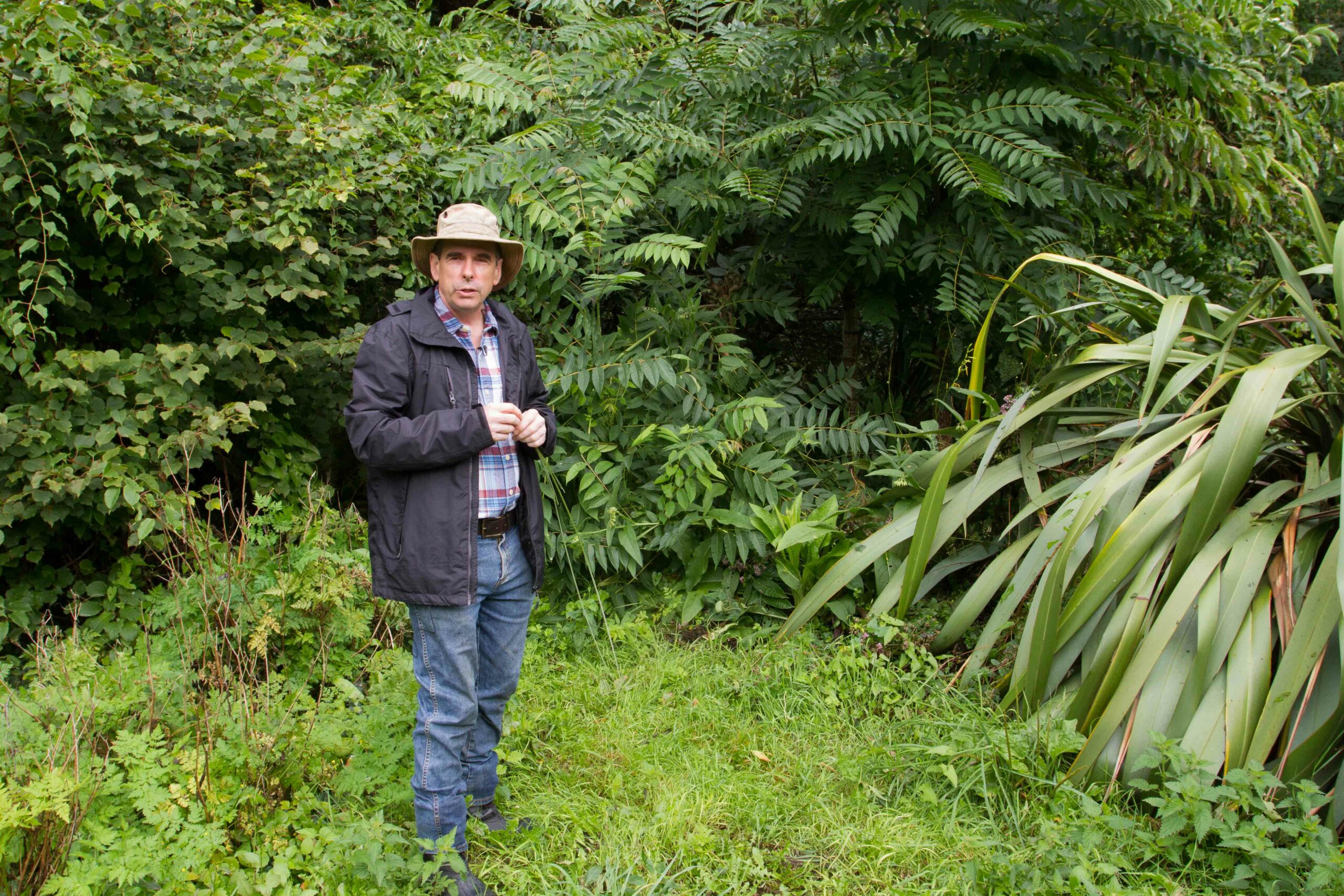
Food Forests
Home Biodiverse Farming Food Forests
Food Forests
Food forests are highly productive, ultra biodiverse systems which mimic the geometry of a young forest, or forest edge. They are planted with perennial crops and are extremely low maintenance.
Left to natural succession a forest will develop a closed canopy, shading out plants on the forest floor and smaller trees or shrubs. Food Forests are designed so that there is sufficient spacing between the taller trees so that light can reach between them.
Food forests are highly productive, ultra biodiverse systems which mimic the geometry of a young forest, or forest edge.
Descending in vertical order away from the tallest trees can be planted smaller trees, shrubs, herbaceous plants, bamboos, ground growing crops and root crops. Climbers such as hops can also be trained to the larger trees. This creates a stratified system where plants are growing at every level, filling the available space and making use of all the ecological niches.
Harvesting robots offer great hope for making these systems scalable and more commercially attractive.
These systems can be extremely biodiverse, with as much as hundreds of different species of crop planted per hectare. Studies have shown Food Forest systems to have more microbial biodiversity than a natural woodland. Plant biodiversity and insect biodiversity can also be expected to exceed that of a forest left to natural succession.
Studies have shown Food Forest systems to have more microbial biodiversity than a natural woodland.
Insect or pathogen problems are absent, and in the case of most plants entirely non-existent, with the crops being protected by immense biodiversity and excellent plant health.
A good design can achieve highly productive, zero input, low maintenance systems. Once mature these systems can require labour only for harvesting, maintaining access paths and removing young trees which have self-seeded, to prevent the canopy from closing.
The huge variety of crops creates complexity in harvesting, as mechanisation is difficult and plants are very tightly integrated with each other. Harvesting robots offer great hope for making these systems scalable and more commercially attractive.
Once mature the only labour these systems require is for harvesting
Related content
Biodiversity from Farm Productivity

